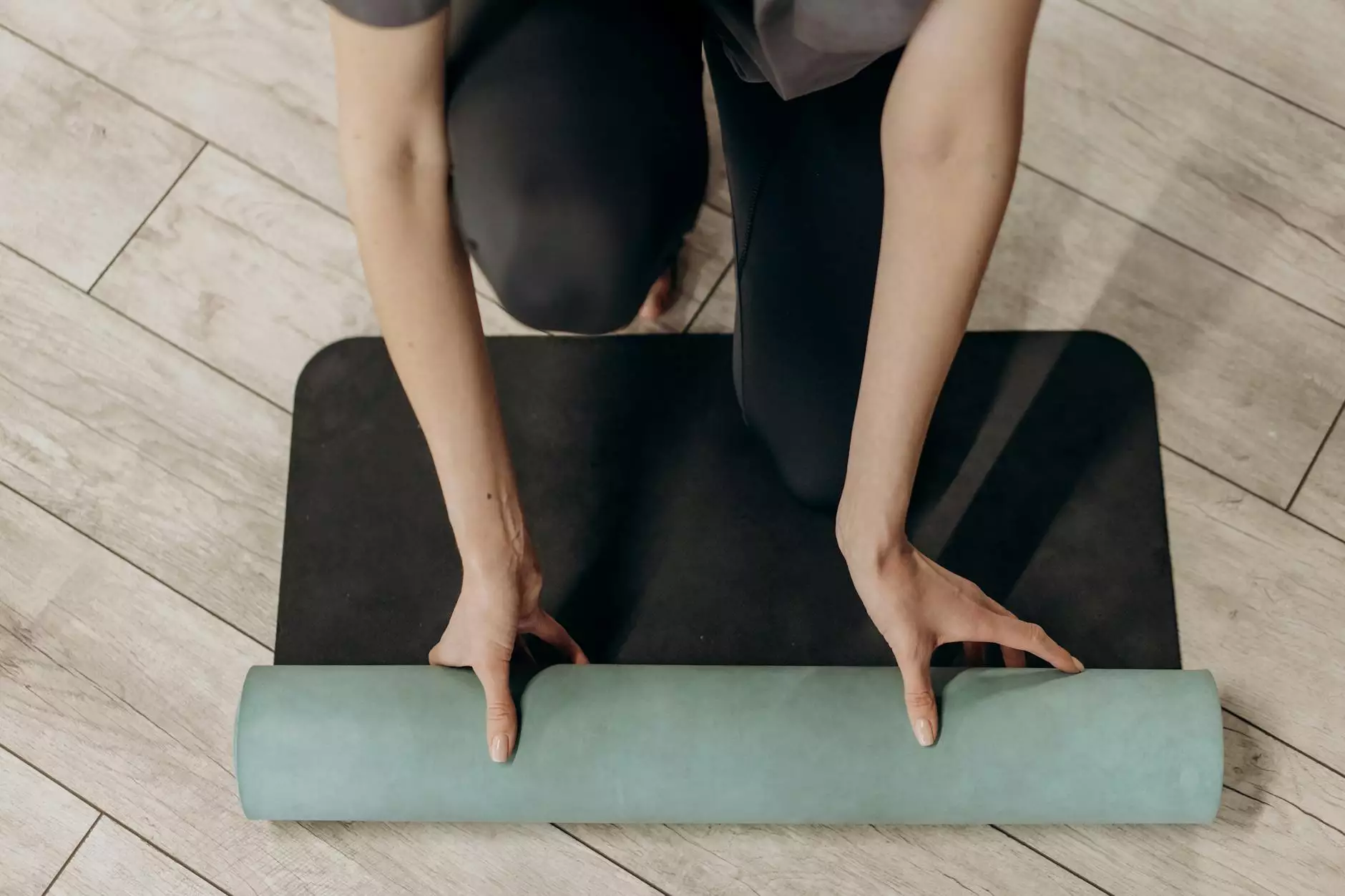How to Bend and How Not to Bend

Welcome to Nuffer Fitness, your ultimate destination for health, nutrition, diets, and fitness. In this comprehensive guide, we will delve into the proper techniques of bending, and more importantly, how to avoid common mistakes that can cause injury and hinder progress. Our goal is to provide you with the knowledge and skills necessary to optimize your bending form and ensure long-term success in your fitness journey.
The Importance of Proper Bending Technique
Efficient and correct bending technique is essential in various exercises and movements, such as squats, deadlifts, lunges, and even everyday activities like lifting objects or performing household chores. By understanding and executing proper form, you can minimize the risk of injuries, maximize muscle engagement, and enhance overall performance.
The Fundamentals of Proper Bending Technique
To master the art of bending, follow these key principles:
- Maintain a Neutral Spine: Keep your spine in a neutral position throughout the bending movement. Avoid excessive rounding (flexion) or arching (extension) of the spine, as this can lead to strain and injury.
- Engage Your Core: Before initiating any bending movement, activate your core muscles to provide stability and support to your spine.
- Distribute Weight Evenly: Whether you're performing a squat or picking up an object, ensure that your weight is evenly distributed across your feet. This promotes balanced muscle activation and reduces the risk of excessive strain on particular areas.
- Bend at the Hips and Knees: Initiate the bending motion by hinging at your hip joints and bending your knees. This allows for optimal recruitment of your glutes, hamstrings, and quadriceps.
- Controlled Movement: Move slowly and maintain control throughout the entire bending motion. Avoid sudden jerking or bouncing, as this can strain your muscles and joints.
- Breathe Properly: Focus on maintaining a steady breathing pattern during the bending movement. Inhale before initiating the bend and exhale as you return to the starting position.
Common Mistakes to Avoid
Now that we've covered the fundamental principles of proper bending technique, let's explore some common mistakes that can sabotage your progress:
- Rounding the Back: This is one of the most prevalent mistakes people make while bending. It places excessive stress on the spine and increases the risk of herniated discs and other spinal injuries.
- Incorrect Knee Alignment: Allowing your knees to collapse inward or excessively extend beyond your toes can strain the knee joints and compromise stability. Ensure your knees track in line with your toes throughout the bending motion.
- Using Momentum: Jerking or using momentum to complete a bending movement can lead to muscle imbalances and reduce the effectiveness of the exercise. Instead, prioritize controlled movements to engage the target muscles effectively.
- Overarching the Lower Back: Excessive arching of the lower back places excessive strain on the lumbar spine and can lead to lower back pain and discomfort. Focus on maintaining a neutral spine position throughout.
- Improper Foot Positioning: Having an unstable or incorrect foot positioning can affect balance and reduce overall strength during a bending movement. Make sure your feet are firmly planted and positioned shoulder-width apart.
Exercises to Improve Bending Form
To further enhance your bending technique, incorporate these exercises into your training routine:
1. Hip Hinges
The hip hinge is a fundamental movement pattern that strengthens the muscles around your hips and lower back. Start by standing with your feet hip-width apart, and then initiate the movement by hinging forward from your hips while keeping a slight bend in your knees. Engage your glutes and hamstrings as you push your hips backward. Return to the starting position by squeezing your glutes and extending your hips forward.
2. Goblet Squats
Goblet squats are an excellent exercise to improve squatting technique and reinforce proper bending mechanics. Hold a dumbbell or kettlebell close to your chest while standing with your feet shoulder-width apart. Lower your body by bending your knees and hips simultaneously, ensuring your chest remains upright and your heels stay firmly on the ground. Push through your heels to return to the starting position.
3. Romanian Deadlifts
Romanian deadlifts effectively target the hamstrings, glutes, and lower back, promoting proper hip hinge mechanics. Stand with your feet hip-width apart and hold a barbell or dumbbells in front of your thighs. Hinge forward from your hips while keeping your back straight and knees slightly bent. Lower the weights along your shins as you feel a stretch in your hamstrings. Squeeze your glutes as you return to the starting position.
Conclusion
Mastering the proper techniques of bending is crucial for your overall fitness and well-being. By understanding the fundamentals, avoiding common mistakes, and incorporating targeted exercises into your training routine, you can optimize your bending form and achieve exceptional results. Remember, adherence to correct form and consistent practice is key to progressing safely and efficiently.
At Nuffer Fitness, we strive to provide you with the most valuable information and expert guidance to help you achieve optimal health and fitness. Stay tuned for more insightful content and resources to support you on your journey towards a healthier, stronger you.









